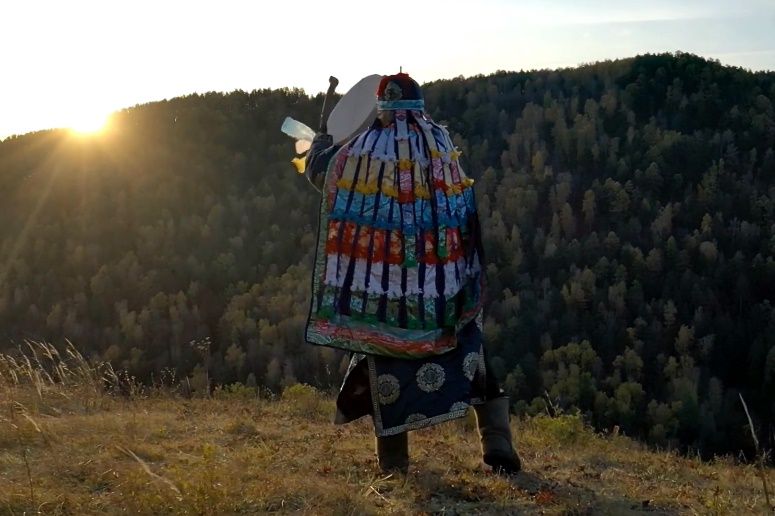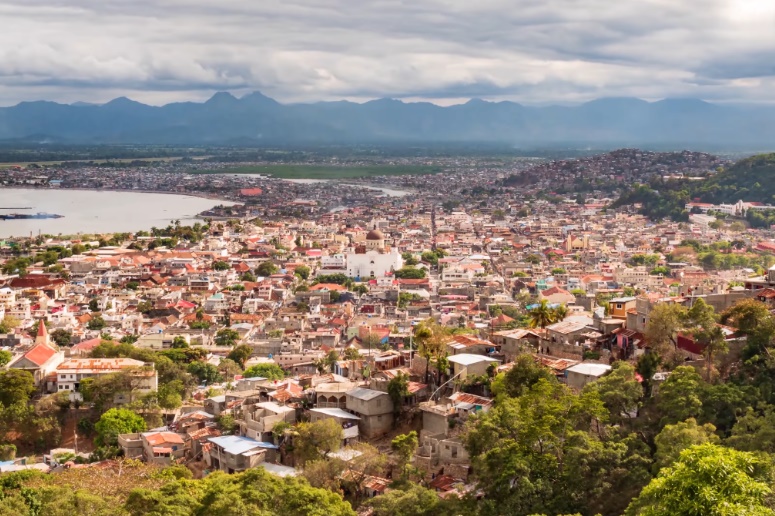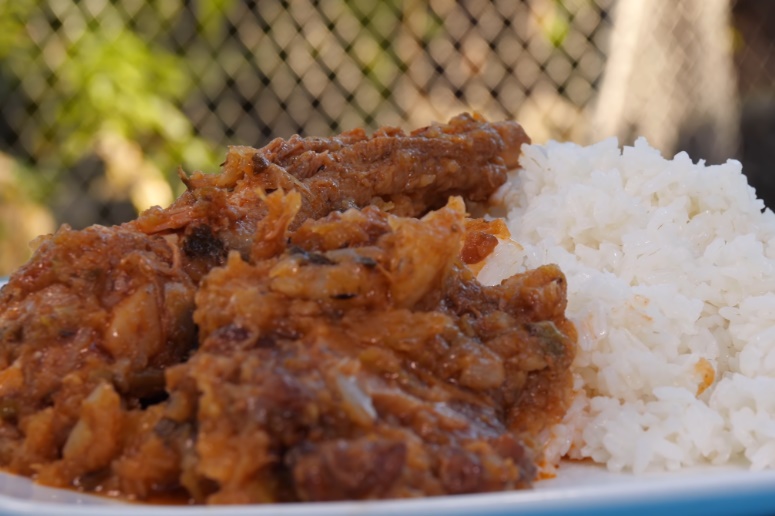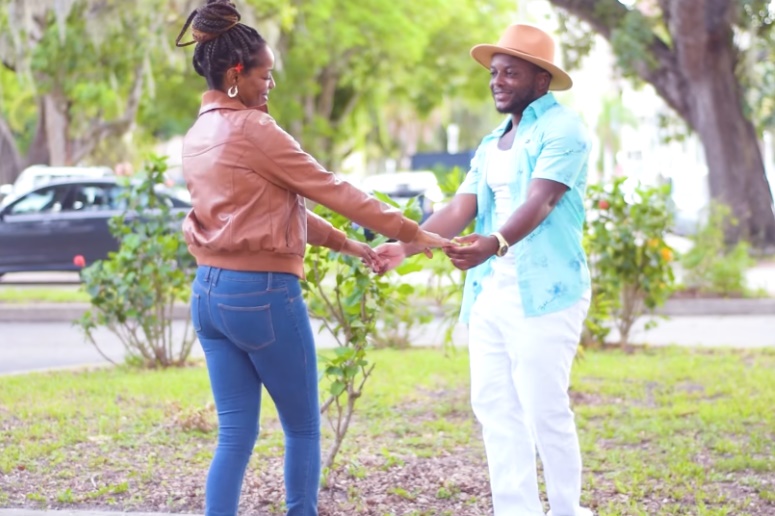Ah, Haiti! A land of vibrant colors, rhythmic music, and a rich tapestry of traditions that have been woven together over centuries. Nestled in the Caribbean, Haiti boasts a cultural heritage that’s an eclectic blend of African, Taino, and European influences.
This fusion is evident in everything from the Haitian language to its music and religion. But why is it essential to delve into and understand these traditions?
Well, by appreciating the depth and richness of Haiti’s cultural practices, we not only honor its past but also pave the way for a future where these traditions continue to thrive.
If you ever visit this place, check it out to document your experience! It can be your tool to reveal! You can share your journey by creating efficient videos.
Vodou: More Than Myths

When most people hear the word “Vodou,” Hollywood-inspired images of dolls and dark magic might come to mind. But let me tell you, there’s so much more to Vodou than these stereotypes. Vodou is deeply rooted in Haitian culture, serving as a spiritual guide for many. It’s a religion that encompasses various traditions, drawing from Central and Western African, European, and Native American beliefs.
Pro Tip: Vodou is not just about rituals and ceremonies; it’s a way of life for many Haitians. It offers a sense of community and belonging, with ceremonies often fostering community cohesion.
| Symbol | Meaning |
| Rooster | Often represents Aristide and the red and blue colors of the Haitian flag, symbolizing the Lavalas party. |
| Jungle Animals | Evokes the African past and connection to nature. |
| Dances & Gods | Represent the spiritual connection and reverence for deities. |
Kanaval: A Carnival Like No Other
If you’ve ever been to a carnival, you know it’s all about the music, dancing, and vibrant parades. But Haiti’s Kanaval (or Carnival) is truly in a league of its own.
Rooted in history, Kanaval is the most festive time of the year in Haiti, with celebrations kicking off in February. Cities come alive with music, parade floats, and people dancing and singing in the streets, providing a much-needed escape from daily life.
Fun Fact: Rara, a festival occurring before Easter, has become so significant in Haiti that its celebration style has influenced Carnival music.
| Feature | Description |
| Music | A blend of traditional and modern tunes, with many musicians showcasing their talents. |
| Costumes | Elaborate and colorful, representing various themes and stories. |
| Dancing | Exuberant and lively, reflecting the joyous spirit of the celebrations. |
Lakou: Communal Living and Spirituality

Haiti’s traditional communal living system, known as “Lakou,” is a testament to the nation’s deep-rooted sense of community and spirituality. The Lakou system is more than just a physical space; it’s a social structure that fosters unity, shared responsibilities, and mutual support among its members.
Historically, multiple generations of a family would live together in a Lakou, sharing resources and ensuring the well-being of every member.
Fun Fact: The Lakou system is reminiscent of African communal living structures, highlighting Haiti’s strong ties to its African heritage.
| Feature | Description |
| Central Courtyard | A communal space for gatherings, rituals, and daily activities. |
| Shared Resources | Families pool resources for farming, cooking, and other essential tasks. |
| Spiritual Practices | The Lakou often has a dedicated space for Vodou ceremonies and rituals. |
Rara: Music, Dance, and Social Commentary
Rara is not just a musical genre; it’s a movement, a form of street music and dance that plays a pivotal role in Haiti’s cultural landscape. Typically celebrated before Easter, Rara parades are vibrant events where musicians use homemade instruments, creating a unique sound that resonates with Haiti’s spirit.
But Rara is not just about music and dance; it’s also a platform for social commentary, addressing societal issues and offering political insights.
Pro Tip: If you ever get a chance to witness a Rara parade, pay attention to the lyrics. They often provide a deep insight into current events and societal sentiments.
| Feature | Description |
| Instruments | Predominantly homemade, including bamboo trumpets, drums, and maracas. |
| Themes | Addresses societal issues, politics, and daily life. |
| Dance | Energetic and symbolic, often mirroring the themes of the songs. |
Haitian Cuisine: Beyond the Palate

Haitian cuisine is a delightful blend of flavors, influenced by African, Taino, and European culinary traditions. But it’s not just about taste; it’s a reflection of Haiti’s history and cultural identity.
Starch is a main staple, with dishes often featuring potatoes, rice, corn, beans, and plantains. The tropical climate also blesses Haiti with an abundance of fruits like pineapples, coconuts, and mangoes, which feature prominently in many dishes and beverages.
Fun Fact: The French influence in Haitian cuisine is evident, but it’s the Creole touch, with its heavy use of pepper and unique preparation methods, that sets it apart.
| Dish | Description |
| Griot | Fried pork served with spicy slaw called “pikliz.” |
| Poulet Aux Noix | Chicken cooked in a rich sauce made from cashews. |
| Akra | Fritters made from malanga, a root vegetable. |
Traditional Medicine: Merging Nature and Spirituality
Haiti’s traditional knowledge, especially in the realm of medicine, is a blend of indigenous practices and African influences. This rich tapestry of herbal remedies and spiritual beliefs plays a crucial role in the healthcare system of the country.
Local healers, known as “hounsis,” are revered for their expertise in combining natural ingredients with spiritual rituals to promote healing and well-being.
Fun Fact: Haiti’s traditional medicine is deeply rooted in its Vodou tradition, with many remedies and practices intertwined with spiritual beliefs.
| Remedy | Purpose |
| Herbal Teas | Used for relaxation, digestion, and other ailments. |
| Poultices | Applied to wounds or areas of pain for healing. |
| Spiritual Rituals | Invoking spirits for protection and healing. |
Artistry and Craftsmanship: Handmade Heritage

Haitian art is a vibrant reflection of the country’s history, beliefs, and daily life. Characterized by brilliant colors, naïve perspectives, and a touch of humor, Haitian artworks often depict lush landscapes, market scenes, and religious rituals.
Artists also use symbolism extensively, transforming people into animals and vice versa, to convey deeper meanings. Various ‘schools’ of painting have emerged, each with its unique style and themes, such as the Cap-Haïtien school and the Saint-Soleil School.
Pro Tip: Haitian art is not just limited to paintings. The country boasts exquisite sculptures, crafts, and even sequined Vodou flags, each telling a story of its own.
| Theme | Description |
| Daily Life | Depictions of markets, gatherings, and daily chores. |
| Nature | Lush landscapes, animals, and the beauty of Haiti. |
| Spirituality | Vodou rituals, gods, and spiritual symbols. |
Folktales and Oral Tradition: Passing Down Wisdom

Haiti’s rich folklore traditions are a testament to its African roots and the importance of oral storytelling in preserving cultural values. These magical tales, often intertwined with Vodou beliefs, impart moral lessons and offer insights into the Haitian way of life.
The tales are not just for entertainment; they serve as a bridge connecting the past with the present, ensuring that the wisdom of the ancestors is passed down to future generations.
Fun Fact: The Haitian dictator, Papa Doc, was a staunch believer in the country’s folklore and even used its elements during his rule.
| Folktale | Lesson |
| The Magic Orange Tree | The importance of kindness and sharing. |
| The Greedy Turtle | The perils of greed and selfishness. |
| The Clever Monkey | Using wit to overcome challenges. |
FAQ
Are Vodou and Haitian folklore the same thing?
No, while Vodou is a religious practice with its own rituals and beliefs, Haitian folklore encompasses a broader range of stories, myths, and traditions. However, there is some overlap as many folktales are intertwined with Vodou beliefs.
What influences Haitian cuisine?
A blend of French, African, and Taino culinary traditions. It’s characterized by its use of spices, tropical fruits, and staple foods like rice, beans, and plantains. The Creole cooking style is predominant, and dishes often have a spicy kick.
How has Haitian architecture evolved post the 2010 earthquake?
After the devastating earthquake in 2010, there was a significant shift in architecture. Emphasis was placed on functional and minimalistic designs to rebuild the damage efficiently. There’s also been a push to build open-air clinics prioritizing health precautions.
What’s the significance of the colors in Haitian art?
Haitian art often uses vibrant colors to depict daily life, rituals, and nature. Each color can carry symbolic meanings, influenced by history, religion, and daily experiences. For instance, the red and blue often seen might represent the Haitian flag or political affiliations.
How do Haitians celebrate public holidays?
Public holidays often involve a mix of religious ceremonies, parades, music, and dancing in the streets. Each holiday has its unique traditions, but the common thread is a sense of community and celebration.
Are there any traditional Haitian sports or games?
While football (soccer) is the most popular sport, there are also traditional games and activities, especially among children. These might include games like “Marbles,” “Jump Rope,” and “Kite Flying,” especially popular during the Easter season.
How has Haitian music influenced global genres?
Haitian music, with its unique blend of African, Taino, and European elements, has influenced various global music genres. Kompa, for instance, has left its mark on Latin, African, and even some Asian music styles. The rhythmic beats and instruments used in Rara and other traditional music forms have also found their way into contemporary global tunes.
What role do traditional tales play in Haitian education?
Traditional tales, often passed down orally, play a significant role in imparting moral lessons, historical events, and cultural values. They are not just stories for entertainment but are used as educational tools to instill values and teach about the nation’s past.
Conclusion
Haiti, a land of vibrant colors, rhythmic beats, and profound spirituality, offers a cultural tapestry that’s both rich and diverse. From the misunderstood practices of Vodou to the lively beats of Rara, from the communal spirit of Lakou to the wisdom of age-old folktales, Haiti’s cultural traditions are a testament to its resilience and uniqueness.
As we’ve journeyed through these traditions, it’s evident that there’s so much more to Haiti than what meets the eye. Let’s take a moment to appreciate, respect, and delve deeper into cultures that might be different from ours but are equally enchanting.
After all, in understanding and celebrating diversity, we find unity.
